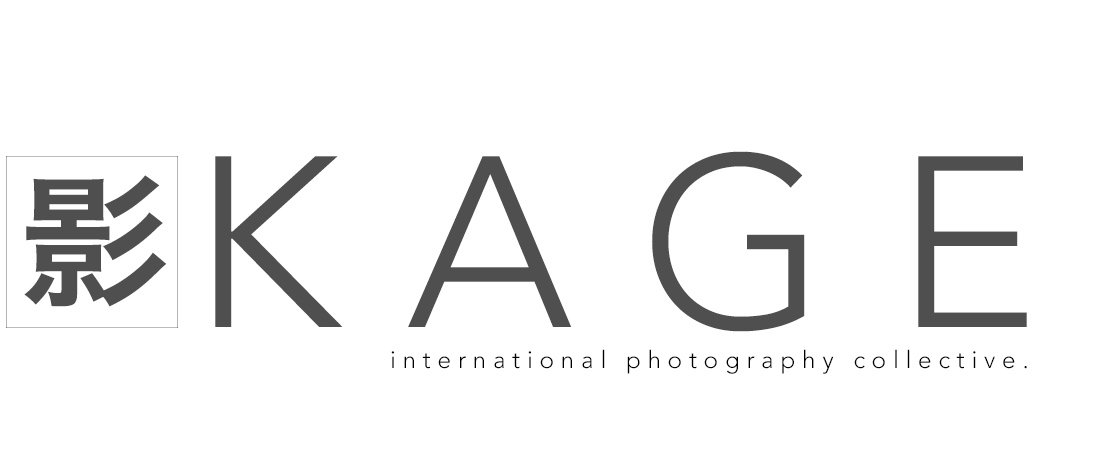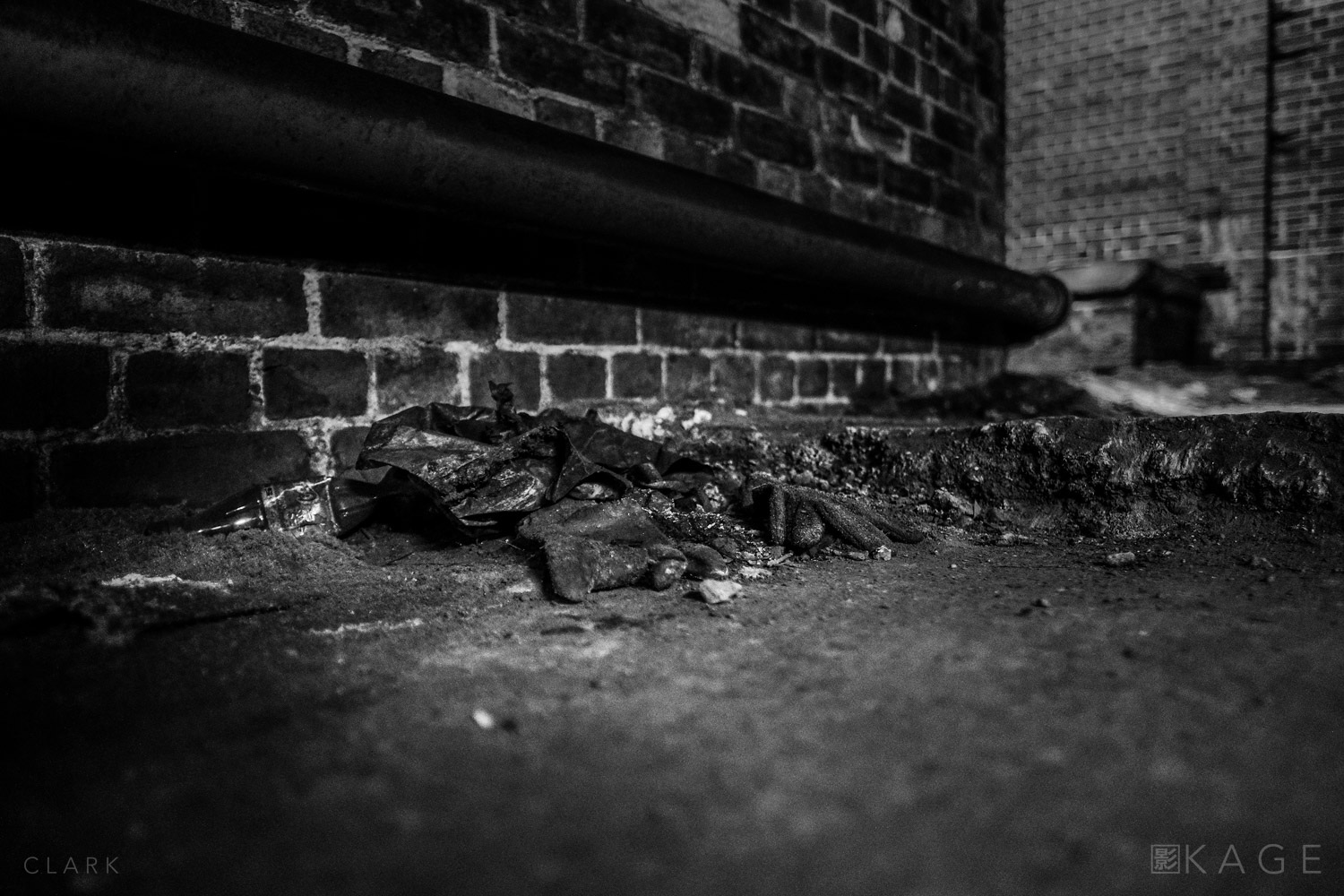Below The Surface Of Glasgow Central Station
By Derek Clark
An estimated 28 million passengers pass through Glasgow Central Station every year. From locals to tourists, business professionals to immigrants, old married couples to brand new couples meeting for the first time. I met my wife on the concourse (above) of this amazing station. Although we were born 7200 miles apart, fate (for want of a better word) brought us together 12 years ago in this station. In a sea of travellers on an extremely busy afternoon, I saw a rucksack move through the crowd as though it was floating on air. Then I saw her black hair swaying from side to side under the weight of her heavy rucksack and the rest, as they say, is history.
Central Station was opened on the 31st of July 1879 and is the largest building in the city. The glass roof is the largest in Europe and consists of 48,000 panes of glass. During the first world war the dead would be brought down below the platforms for relatives to identify and collect. It was then up to the deceased’s love ones to carry the body up the stairs and to get their husband, son …etc home.
The gate (above) and railings nearby are painted red because this area was dedicated to the Royal Mail. In August 1963 the regular mail train left from Central Station to deliver mail and a vast sum of money to London. A gang of 15 robbers tampered with signals on the track, attacked the train and got away with 2.6 million pounds (equivalent to 50 million today). In the course of the robbery, train driver Jack Mills was beaten with an iron bar and was unable to work again. He died 7 years later. This is known as The Great Train Robbery, one of the most infamous crimes in British history.
A tour beneath Central Station is now available HERE which I highly recommend taking if you visit Scotland or even if you live here. A huge thanks to Paul Lyons for his vision, wit and enthusiasm. Paul is one of the best story tellers I have had the pleasure of listening to and delivers his fantastic knowledge of history with tremendous passion.













